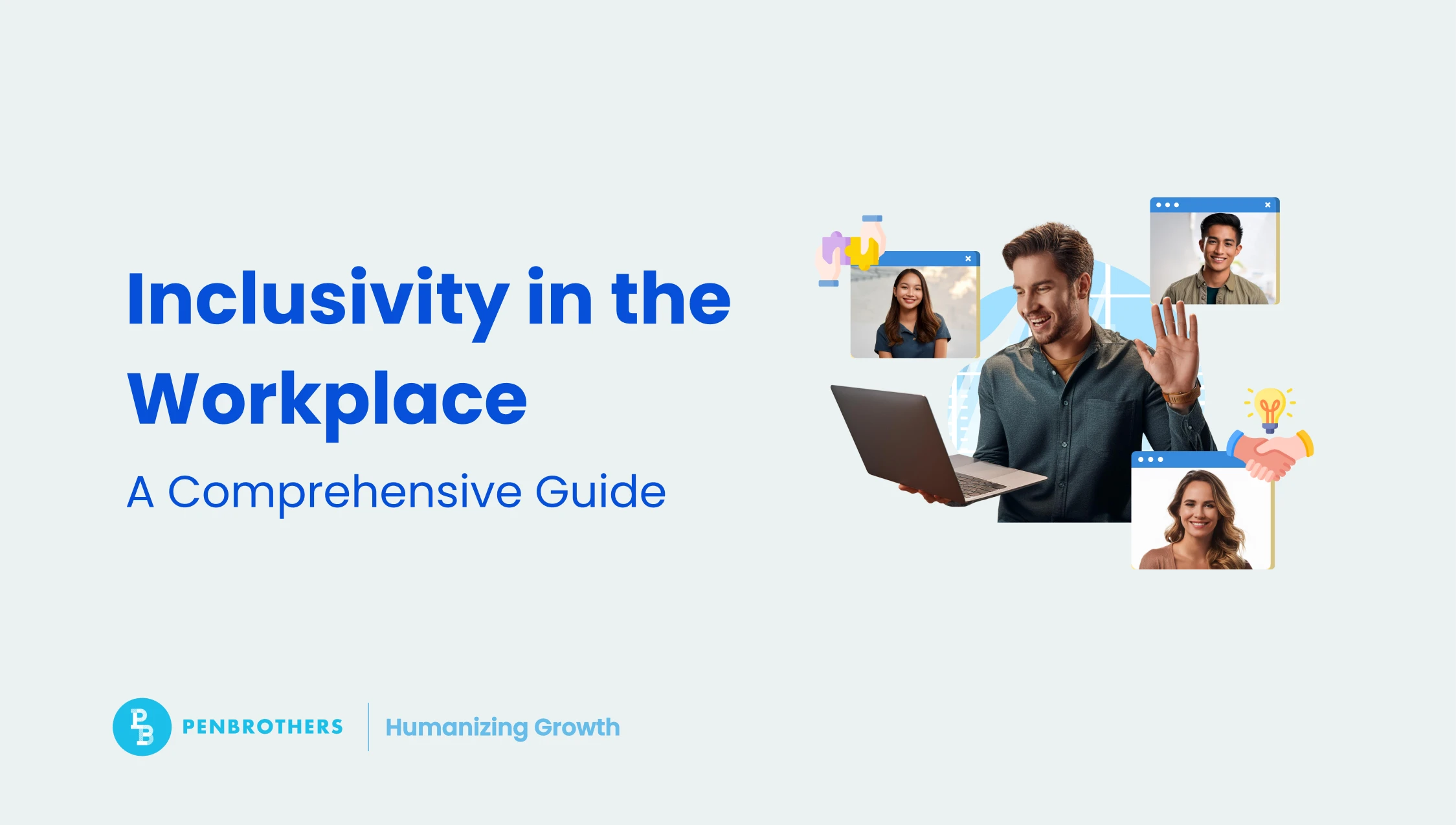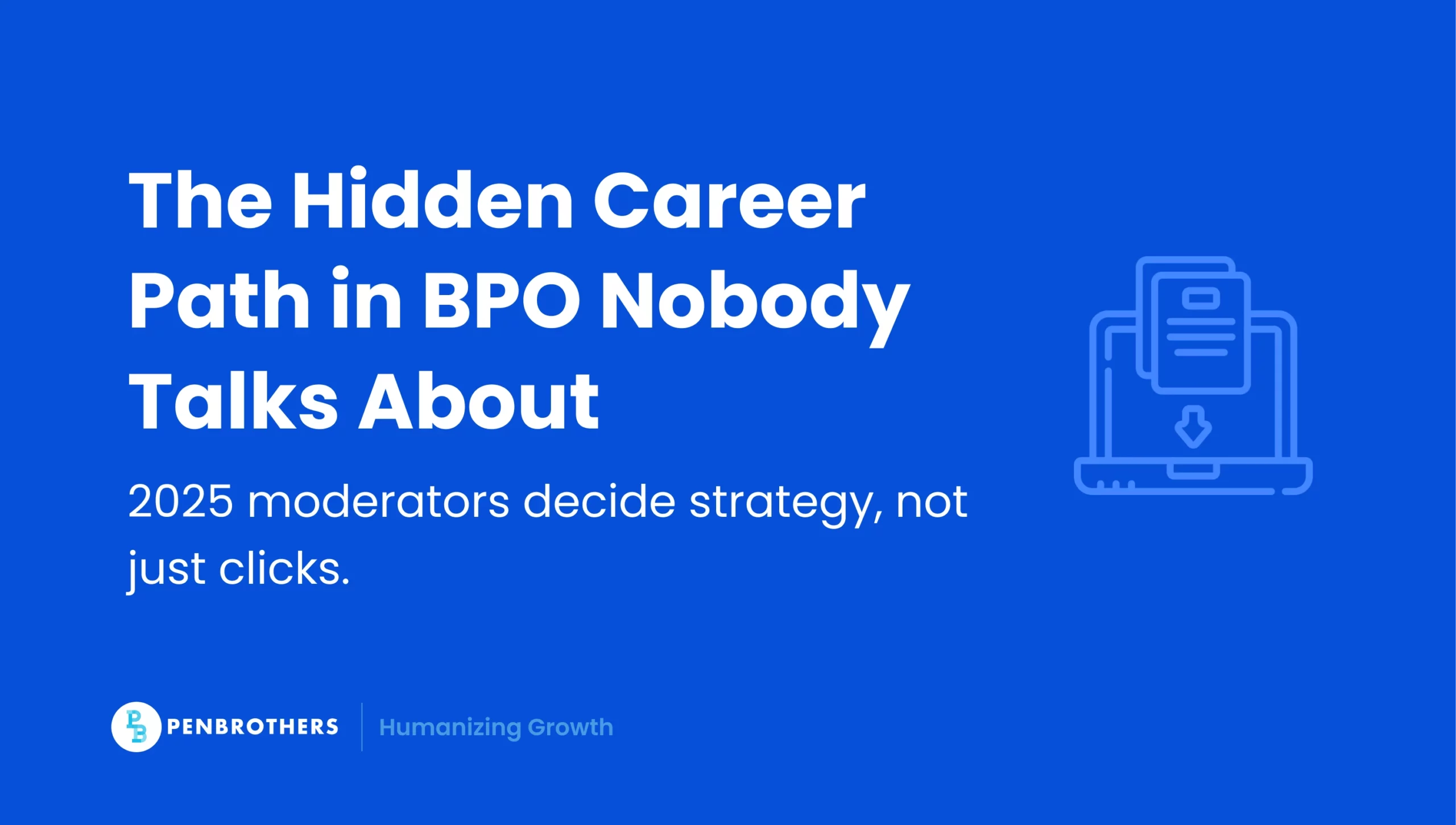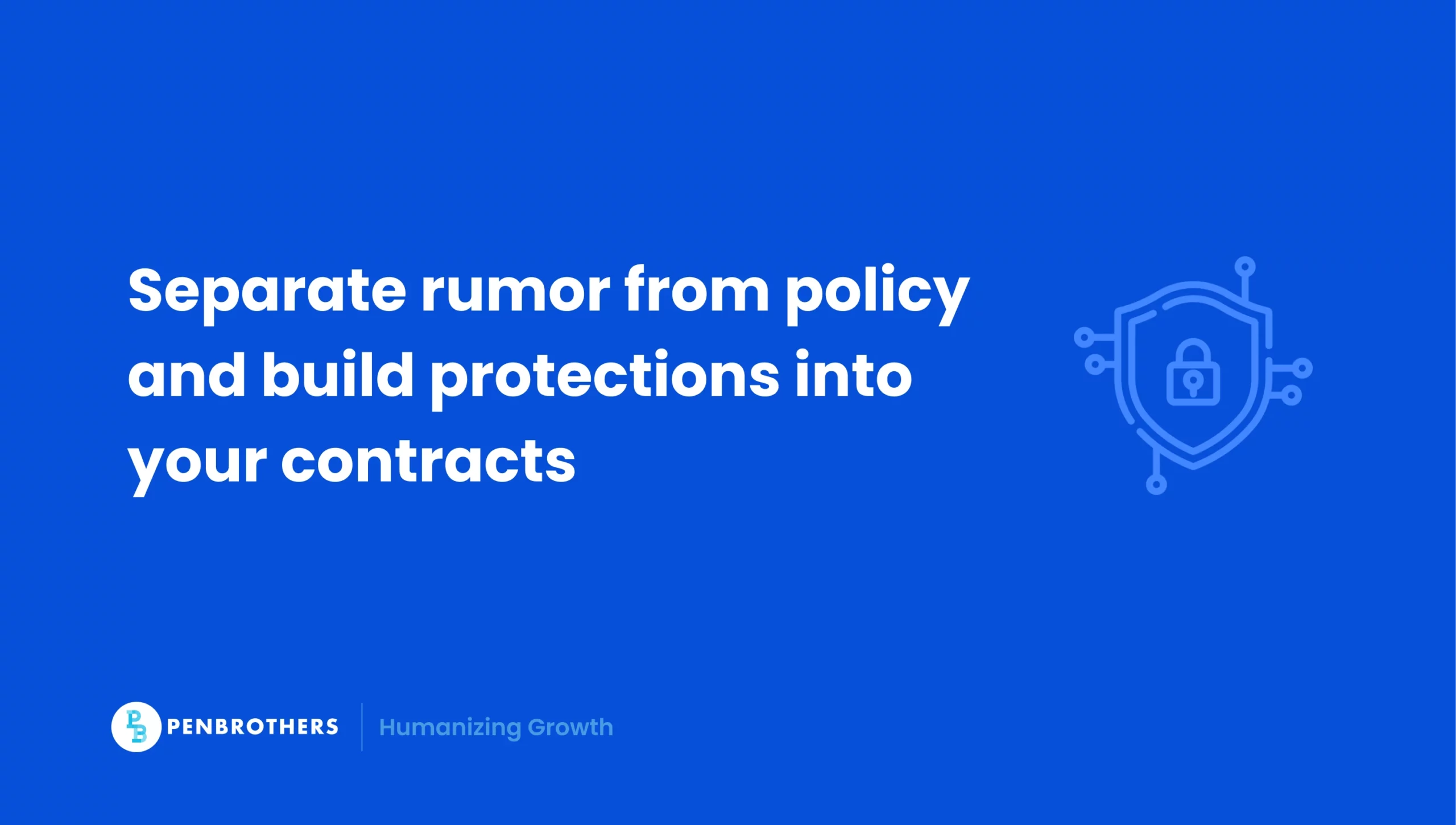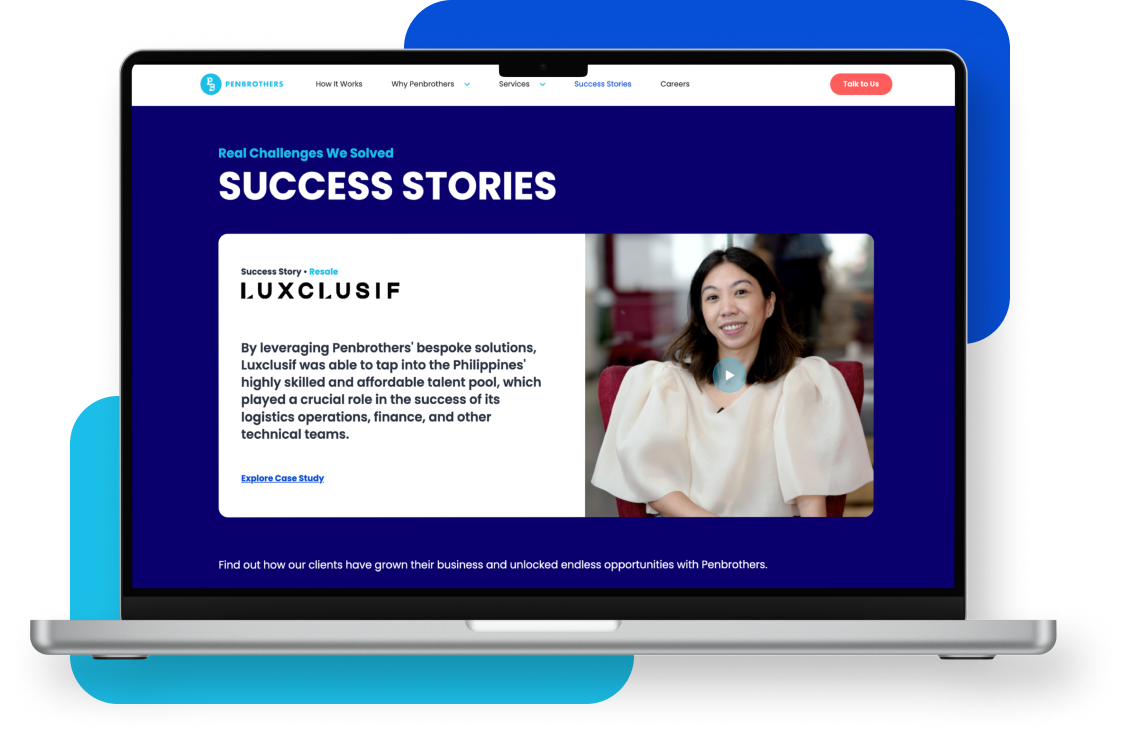What's Inside?
A Comprehensive Guide to Inclusivity in the Workplace

In today’s rapidly evolving business landscape, fostering an inclusive workplace is no longer just a nice-to-have—it’s a critical driver of innovation, profitability, and sustainable growth. As progressive and growth-focused managers and leaders, embracing inclusivity not only strengthens your organization’s culture but also unlocks the full potential of a diverse workforce.
This comprehensive guide will explore the essential components of workplace inclusivity, backed by data-driven insights, and provide actionable strategies to help you build a more inclusive, cohesive, and high-performing team.
Whether you’re looking to attract top talent, enhance team collaboration, or boost your bottom line, this guide is your roadmap to creating a truly inclusive environment where everyone can thrive.
What Is Inclusivity in the Workplace?
Inclusivity, or inclusion, is the welcoming and hospitable culture of an inclusive workplace. Inclusion ties in with diversity, equity and belongingness (DEIB), which describe the level of representation and participation of different types of people in a company. Together, they serve as primary drivers in the growth, expansion, development, and success of organizations.
The concrete outcomes of inclusivity are backed up by solid studies:
- Deloitte found that included employees contribute 3.5 times more to innovation.
- In a different Deloitte study, organizations with inclusive cultures are also seeing 2.3 times more cash flow per worker within a three-year period.
- In turn, diverse and inclusive teams make 87% better decisions, leading to fewer risks and higher performance.
- Lastly, diverse and inclusive companies also report 45% market share growth and 70% likelihood of capturing a new market.
These research prove how job inclusion is needed in organizations. It drives companies forward into innovation, profitability, judgment and market expansion.
Why Develop an Inclusive Workplace?
1. Access More Talent
More talent will seek your company for a role or job if you value inclusion. BetterUp research showed that employees who feel they belong will recommend your company 167% of the time. These recommendations may build up your brand among jobseekers, leading to a bigger pool of candidates for hiring. With this, you will have fewer problems with labor supply, talent shortages, and skills gaps.
2. Create Team Cohesion
An inclusive workplace culture keeps teams together and retains high productivity in members. Experiments confirmed that exclusion causes drops in team member productivity, even at the expense of financial health. Team members also become less willing to work together. The team as a whole also suffers as its performance falls by 25%. Ultimately, when teams crumble, the company itself falls. By maintaining inclusive, cohesive teams, you strengthen the integrity of your business organization.
3. Increase Business Profitability
By including employees and celebrating unique individualities, your company may see annual gains from employee productivity boosts. Estimates have shown that a 10,000-person company could earn USD 52 million more yearly when workers feel that they belong and are included. Smaller and medium businesses may see similar gains because included employees work harder and smarter for the company.
Fostering Inclusivity: The 7 Inclusivity Pillars
The 7 pillars of inclusion are a framework that has been utilized to promote inclusion in sports and education. This framework can help start the formation of inclusion in your company as well. Then, as you build on your workplace inclusivity, you can gain all the strong benefits that inclusivity brings.
These seven pillars originally addressed the inclusion of differently-abled individuals in sports. In education, they were used to train teachers to widen their teaching methodologies and perspectives. Ultimately, the framework aims to serve students of various backgrounds, characteristics and preferences.
In the world of business and commerce, the 7 inclusivity pillars can be implemented to create an inclusive environment in any workplace.
1. Access
Cater to different kinds of job seekers through the hiring process. Have applicants feel more welcomed by the company. So, you can tailor job listings for easy reading and easy navigation. Use inclusive language for all genders. With this, you engage with potential candidates from the get-go. You already begun nurturing retention and maintaining productivity in the workplace.
2. Attitude
Attitude is a positive feeling toward making real, inclusive changes in your company. Ask for feedback during planning, execution, and post-implementation. With this, you build your company as an inclusive workplace and more talent may seek to work with you. In turn, your company grows in its capabilities with more talent under its belt.
3. Choice
Choice refers to the number of options available to different types of people to accomplish their work. Prepare facility or equipment options for your employees to use. The ultimate goal here is to boost productivity. If you have a number of differently-abled workers, they must all have special devices to finish their tasks. With this, you may see productivity rise, helping you reach your company goals faster.
4. Partnership
An inclusive culture helps everyone connect. Older workers can show new employees around, welcome them with a handshake, or show them the ropes around the workplace. Encourage community support and teamwork. As a result, you may maintain team cohesion and boost collaboration. These also improve productivity for better organizational performance.
5. Communication
Communicate clearly to make employees feel seen and heard. So, create safe spaces for individuals to voice their concerns, ideas, or suggestions to their teams, leaders, or HR. Clear communication allows you and your people to collaborate closely. You can also get better decision-making that will propel your company forward towards higher deliverables.
6. Policy
If you include specific policies that protect and respect different types of workers, you ensure inclusivity. For example, clearly define inclusivity in the workplace. When you have established policies regarding inclusion, you promote accountability and leave little room for non-inclusion.
7. Opportunity
Opportunity helps people do their work comfortably and joyfully. For example, wheelchair access allows employees to easily move into areas around the workplace without difficulty. Opportunity enhances employee engagement. Engaged employees, in turn, perform better and accomplish tasks faster.
BONUS PILLAR: Empathy
Empathy may be added to the framework of the seven pillars of inclusivity. Empathy connects everyone through shared experience. With empathy, you lead your company with an emphasis on people. By connecting you and your employees together, everyone may then reflect the same connection to the clients or customers you serve. In turn, you may see more sales, more leads, or more conversions that lead to company success.
Devy is a transgender woman in the role of tech business analyst for Servantex. Because Servantex created a welcoming workplace for LGBTQIA+ individuals, Devy was able to perform to the best of her abilities. In turn, Devy and her team were able to achieve a 95% client satisfaction rate. As seen here, by enacting the 7 pillars in the workplace, you set yourself up for inclusion and business growth.
5 Strategies for Creating an Inclusive Workplace
1. Establish a Foundation
Everyone must be on the same page regarding inclusivity and its role as a business driver. With this, you can initiate diversity and inclusion seminars or disseminate primers on inclusivity. When everyone understands the significance of diversity and inclusion, you can establish them as standards.
2. Initiate Comprehensive Bias Training
All people have unconscious biases. Janice Gassam Asare, a DEI consultant and LinkedIn Top Voice, has identified Black hair discrimination, bias, and texturism in the workplace. However, biases can be reduced if you implement bias training. Work with training providers to provide bespoke bias training to your company.
3. Lead with Inclusion
Train yourself and your other leaders to be inclusive. Be open to dialogue and feedback. When you listen and lead with inclusion, your workplace will become inclusive, and you will foster employee loyalty. You may then retain your workers and cut down on absenteeism. They may even be eager to take on new challenges. Your company then benefits from a driven, motivated workforce, leading to better organizational performance.
4. Create Opportunities for Inclusivity
Offer privileges to all types of workers. For example, a special day off or financial assistance may be offered to differently-abled employees. Another idea is a gender-neutral bathroom to promote gender inclusivity in the workplace. You can designate a prayer area for workers of different faiths. Even better, allow diverse types of individuals, including differently-abled ones, to move up the company ladder. Debra Ruh, CEO of Ruh Global Impact and a Top Social Impact Voice on LinkedIn, simply said it best: “Involving people with disabilities in the decision-making and leadership roles is the only way real and full Disability Inclusion can occur. Period.”
5. Organize Resource Groups
Employee resource groups have become melting pots for workers similarly situated to find allies in each other. As Lily Zheng, a DEI strategist and LinkedIn Top Voice on Racial Equity, puts it: “What I have seen, many times, is people who trust each other having each other’s backs, advocating for each other’s causes, and working alongside each other on making change.” You can create these employee resource groups to foster belongingness in your employees.
Build Up Inclusivity through Offshoring
Inclusion is a strong driver for business success, and by offshoring alone, you can already boost your organization in many ways. The Philippine work culture is a highly inclusive culture already. Remote Filipino workers have hospitable attitudes that welcome people as their own, regardless of differences. As a result, you not only raise inclusion in your company, you can also use the inclusive Filipino culture to hit your business targets.





